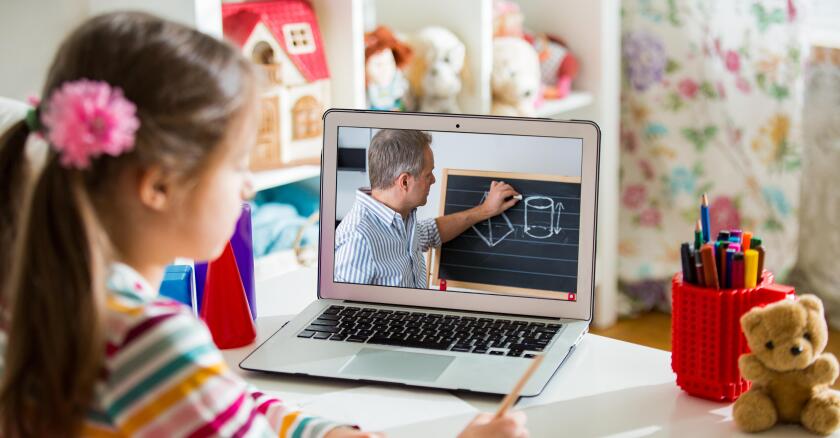The school division partnered with the Modern Classrooms Project last year to train teachers at three middle schools on the model. More than 30 teachers participated and began using it at Hickory, Oscar Smith and Western Branch middle schools.
One of the biggest differences between traditional teaching and an MCP classroom is that a class does not center around a teacher giving a daily lecture. Instead, teachers create shorter instructional video lessons — and other digital content — that they upload online. Students then come in and pick up where they each left off. One student could be on lesson 13, while another who perhaps missed a few days while sick could catch up on lesson 9.
Chief of Schools Jacqueline Miller told board members this week that the model lets teachers “duplicate themselves digitally, allowing them to more freely respond to the various needs of students in their classroom.”
MCP is a nonprofit founded about six years ago by teachers at a Washington, D.C., school. It partners with districts nationwide, including 29 in Virginia.
Miller also stressed that students don’t move on to the next lesson “simply because it’s time.” They only move on once they have demonstrated they’ve mastered the content. The model can be used in any subject.
Chesapeake Director of Middle School Leadership Freddie Alarcon told the School Board that 72 more teachers have been trained and will implement the model this year. Nine sites — eight middle schools and one high school — will participate this year. There is a waiting list of teachers who want to attend the training this fall.
Though the concepts that are the building blocks of the model are not new, Alarcon said, packaging them together and using the MCP network, which provides mentorship, has yielded positive results.
Alarcon shared data comparing student and teacher experiences in MCP classrooms and traditional classrooms within the pilot schools. The study, which included nearly 60 teachers and close to 700 students, showed that 75 percent of teachers in MCP classrooms reported improved student behavior, compared to 21 percent in the traditional control group. A similar difference was seen when polling teachers about improved student engagement.
MCP classrooms also had higher pass rates for students on the math and English SOL tests.
Teachers in MCP classrooms also reported higher satisfaction rates, with 88 percent reporting they intend to continue teaching for many more years, compared to 76 percent of teachers in traditional classrooms.
©2024 The Virginian-Pilot. Distributed by Tribune Content Agency, LLC.








